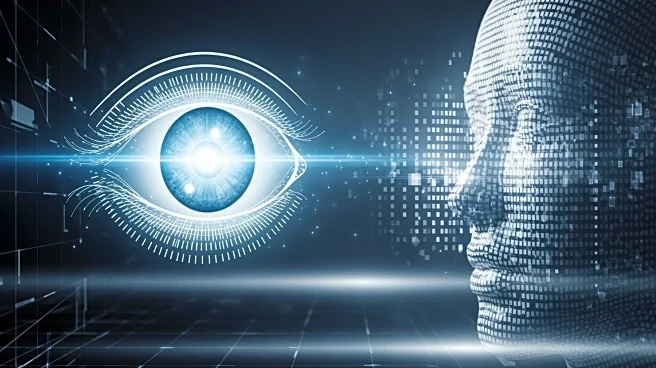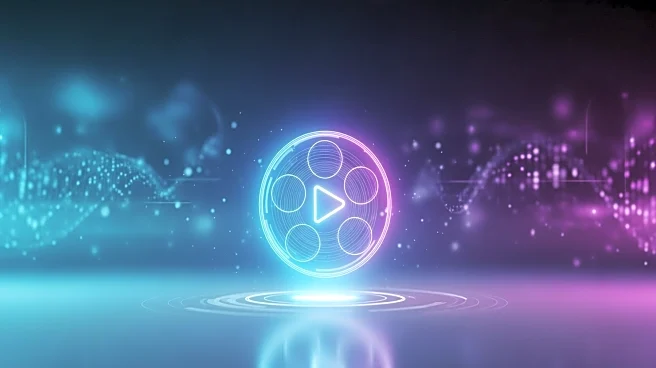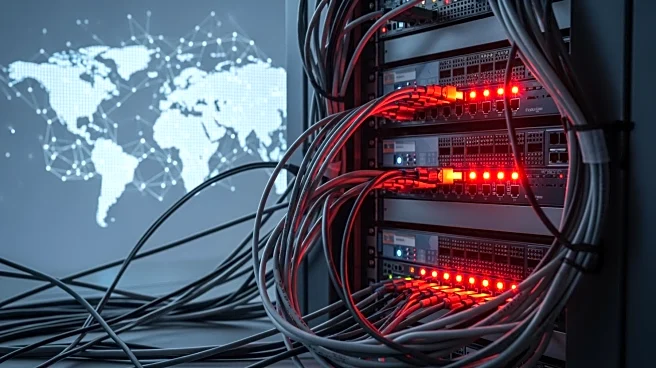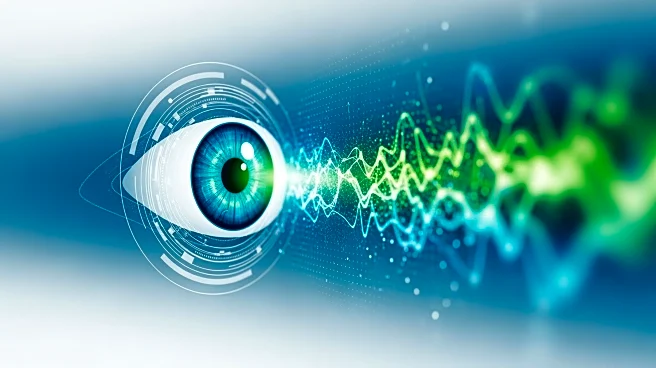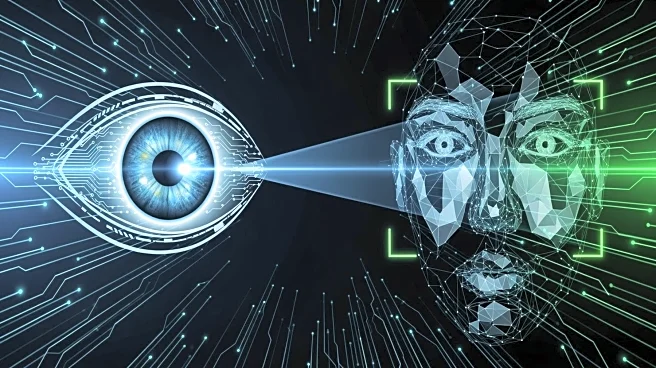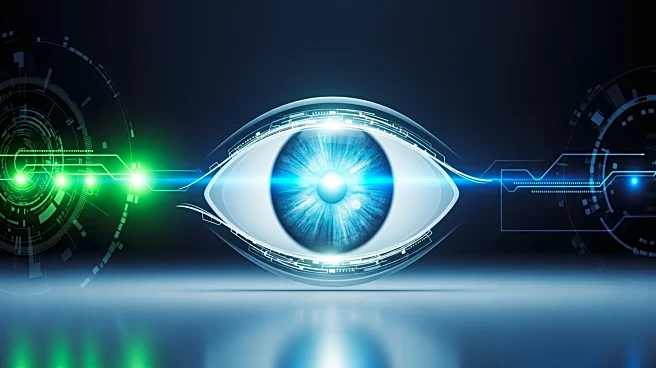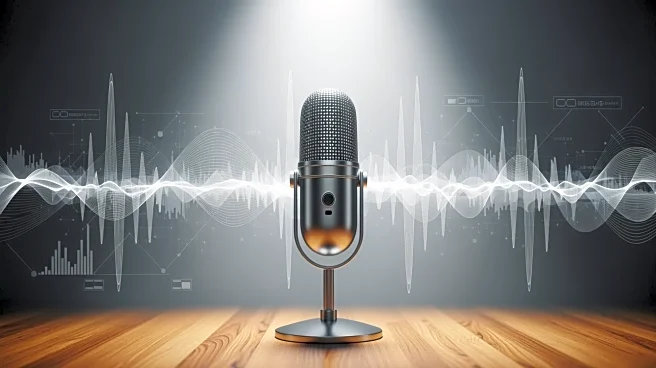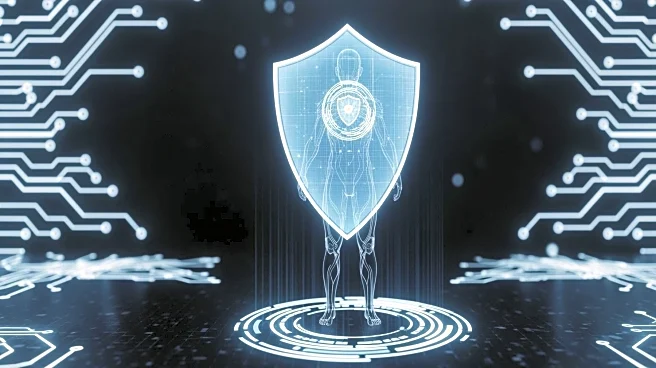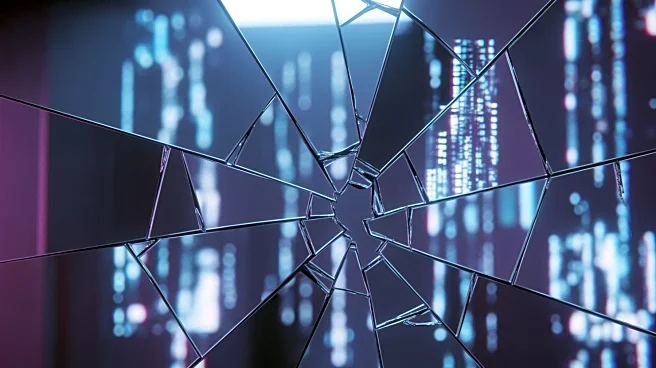What's Happening?
YouTube has launched a new AI-powered likeness detection tool aimed at identifying and removing unauthorized deepfake videos of popular creators. This tool is available to creators in YouTube's Partner Program, allowing them to review flagged videos in the Content
Detection tab on YouTube Studio. After verifying their identity, creators can request the removal of videos that appear to be AI-generated content using their likeness. The feature, which was initially announced last year, is being rolled out to more creators following a pilot program with talent represented by Creative Artists Agency (CAA). YouTube has warned that the tool may also flag videos featuring the creator's actual face, not just altered versions. This initiative is part of YouTube's broader efforts to manage AI-generated content on its platform, including policies requiring creators to label AI-altered uploads and restrictions on AI-generated music mimicking artists' voices.
Why It's Important?
The introduction of YouTube's AI likeness detection tool is significant in the ongoing battle against deepfake technology, which poses ethical and legal challenges by potentially misrepresenting individuals. This tool empowers creators to protect their image and content from unauthorized use, which is crucial in maintaining trust and authenticity on the platform. As AI technology advances, the risk of deepfakes increases, potentially impacting public figures, influencers, and the broader digital content ecosystem. By implementing this tool, YouTube is taking proactive steps to safeguard creators and uphold content integrity, which is vital for user trust and platform credibility. This move also reflects the growing need for tech companies to address AI-related issues and develop solutions to mitigate potential misuse.
What's Next?
YouTube plans to expand the availability of the AI likeness detection tool to more creators in the coming months. As the tool is still in development, YouTube will likely continue refining its accuracy and functionality based on user feedback. The platform's ongoing efforts to manage AI-generated content may lead to further policy updates and technological advancements. Creators and industry stakeholders will be watching closely to see how effective the tool is in combating deepfakes and whether it sets a precedent for other platforms to follow. Additionally, YouTube's collaboration with agencies like CAA suggests potential partnerships to enhance content protection measures.
Beyond the Headlines
The deployment of AI likeness detection tools raises broader questions about privacy, consent, and the ethical use of AI technology. As platforms like YouTube implement such measures, there is a need to balance technological innovation with user rights and ethical considerations. The effectiveness of these tools could influence future regulations and industry standards regarding AI-generated content. Furthermore, the development of AI detection technologies may spur discussions on the responsibilities of tech companies in preventing the misuse of AI and protecting individuals from digital impersonation.
